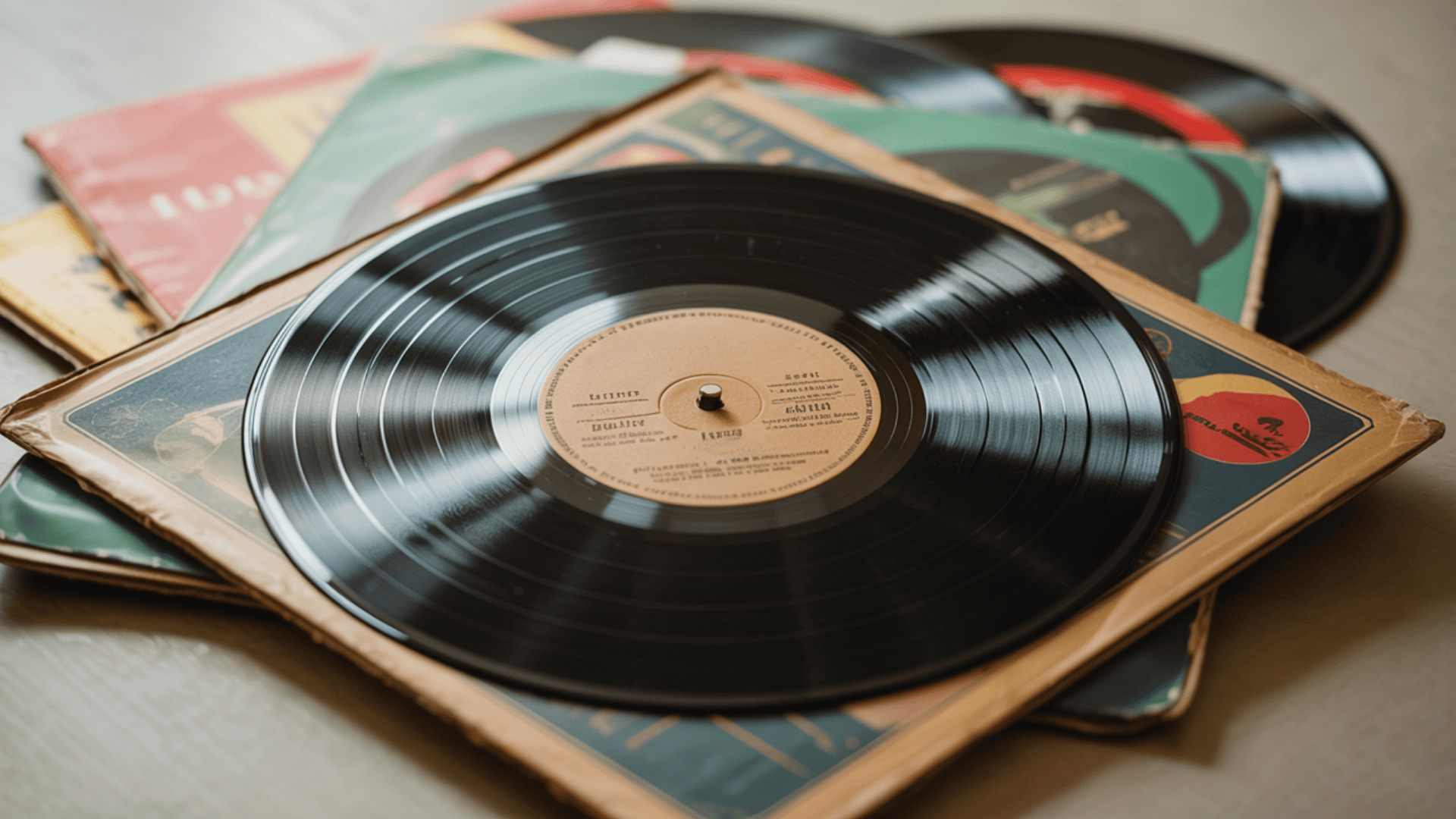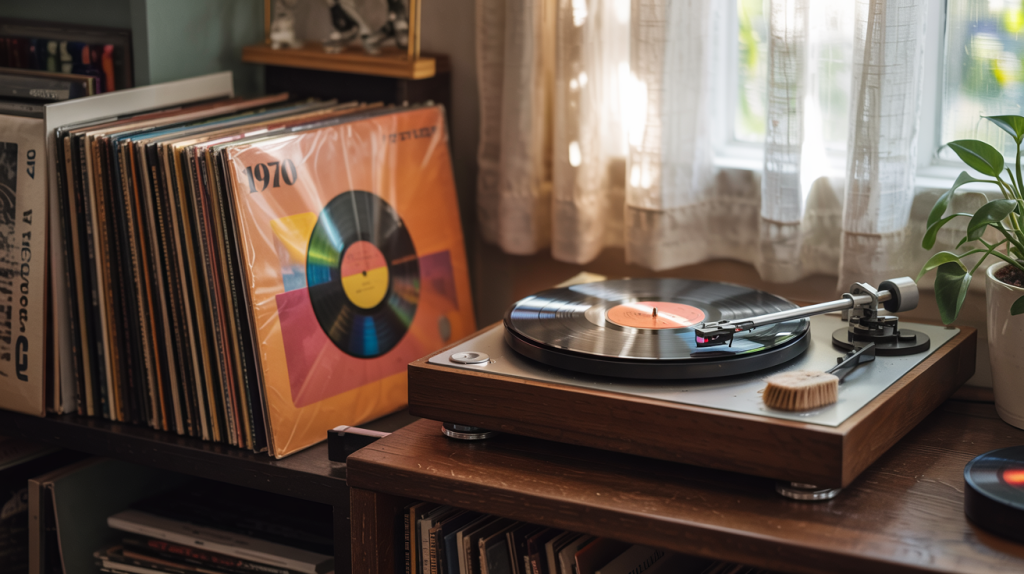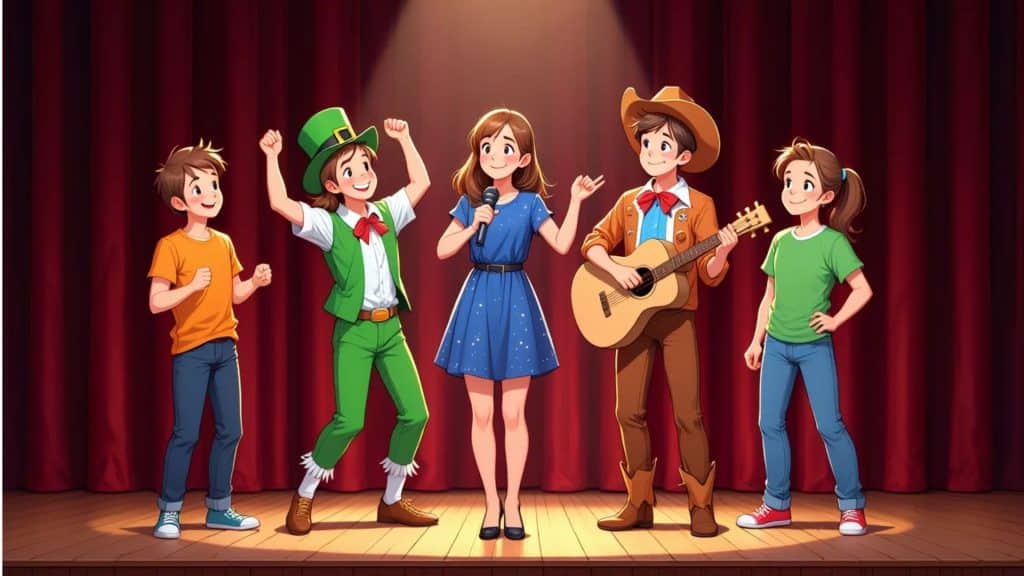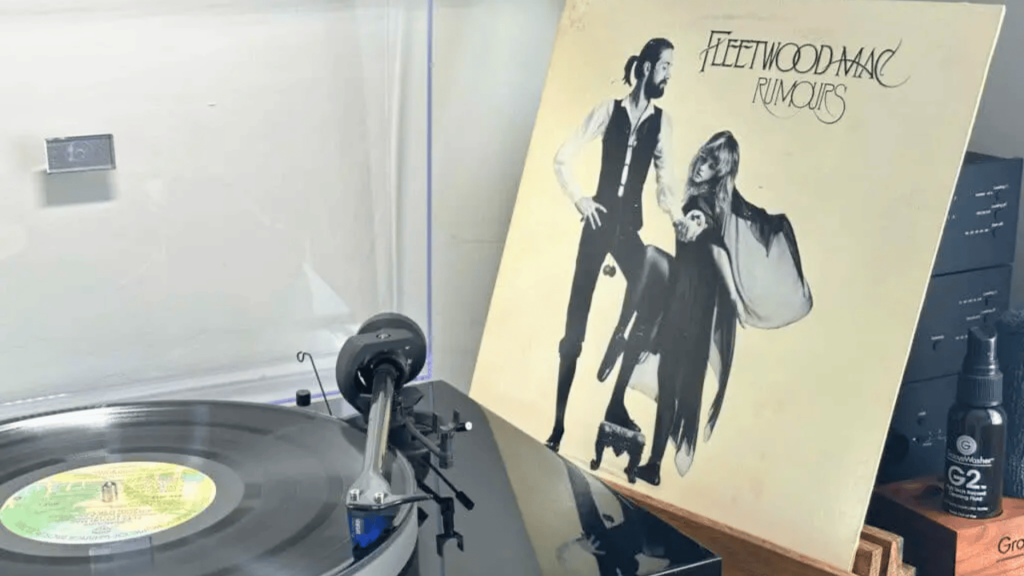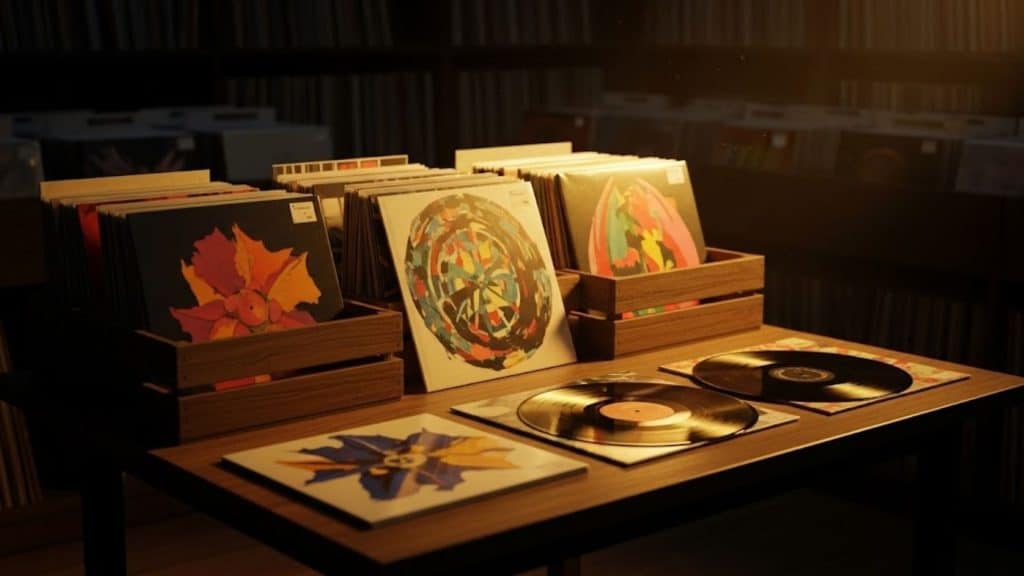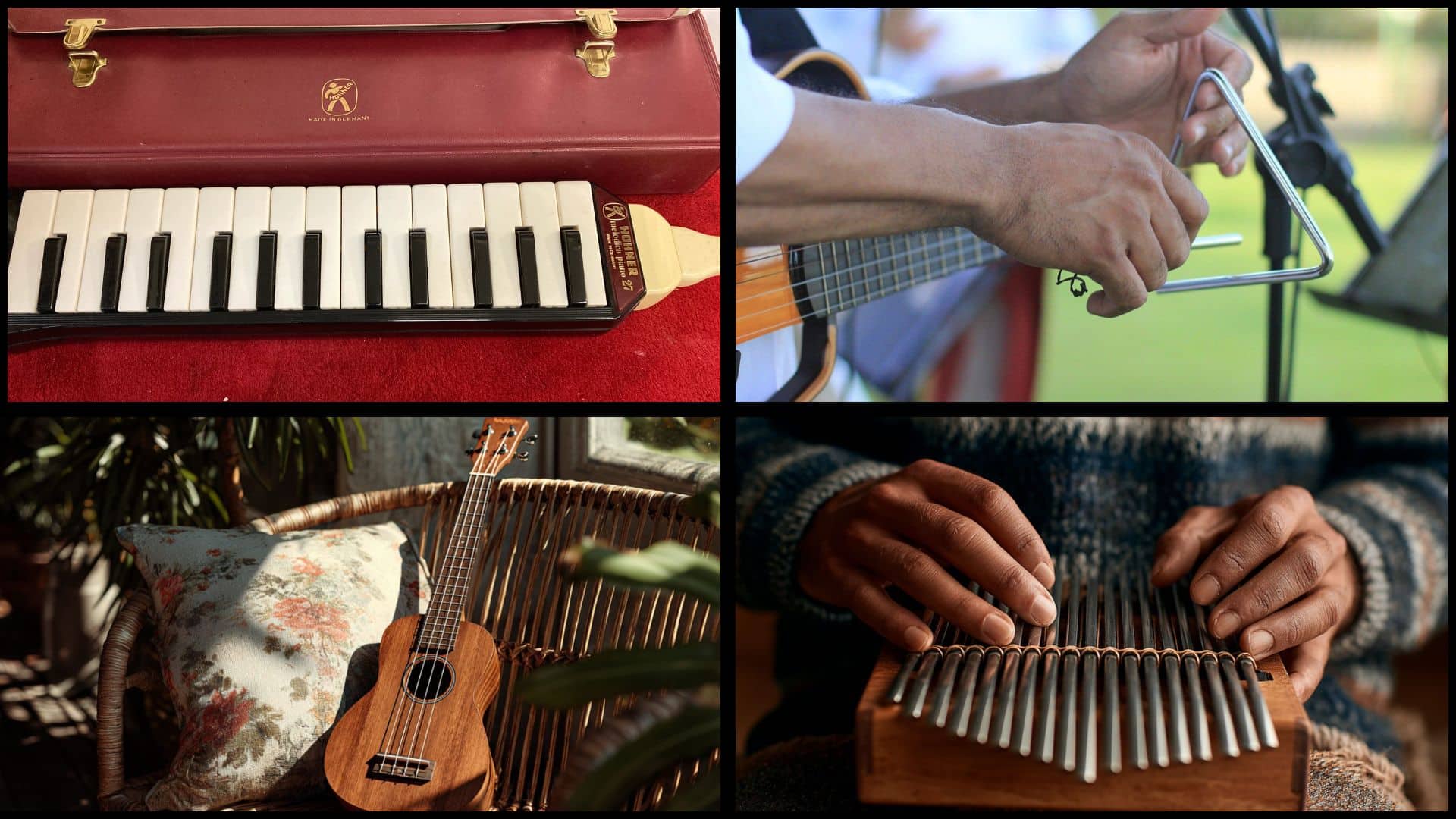Many music lovers want to know how to tell if a record is a first pressing, but the signs aren’t always obvious.
That’s where this guide comes in. I’ll break down everything you need to look for from matrix numbers and label designs to sleeve details and pressing codes using clear, simple steps.
You’ll also learn what makes first pressings valuable, what myths to avoid, and how to get expert help. If you’re just starting your collection or checking a hidden gem, this post will help you spot the real thing. Let’s get started.
What Is a First Pressing?
A first pressing is the very first batch of vinyl records made when an album is released, directly from the original master recordings. It’s often limited in number and may feature unique label designs, artwork, or packaging not seen in later versions.
While many use “first pressing” and “original pressing” to mean the same thing, there’s a slight difference; first pressings come from the initial run.
In contrast, original pressings include all early copies made using the first set of stampers during the initial release period. A repress is a later batch made using the same master, usually soon after the original release, often with minor packaging differences.
A reissue, on the other hand, comes much later, sometimes years later, and may use different mastering, updated labels, new barcodes, or revised artwork.
Collectors care about first pressings because they’re rare, often hold more value, may offer better sound quality, and represent the truest form of how the album was initially released.
Step-by-Step Guide to Identify a First Pressing Vinyl
To find out if your record is a first pressing, check for a few key signs on the vinyl, label, and sleeve.
Step 1: Matrix Numbers (Deadwax Etchings)
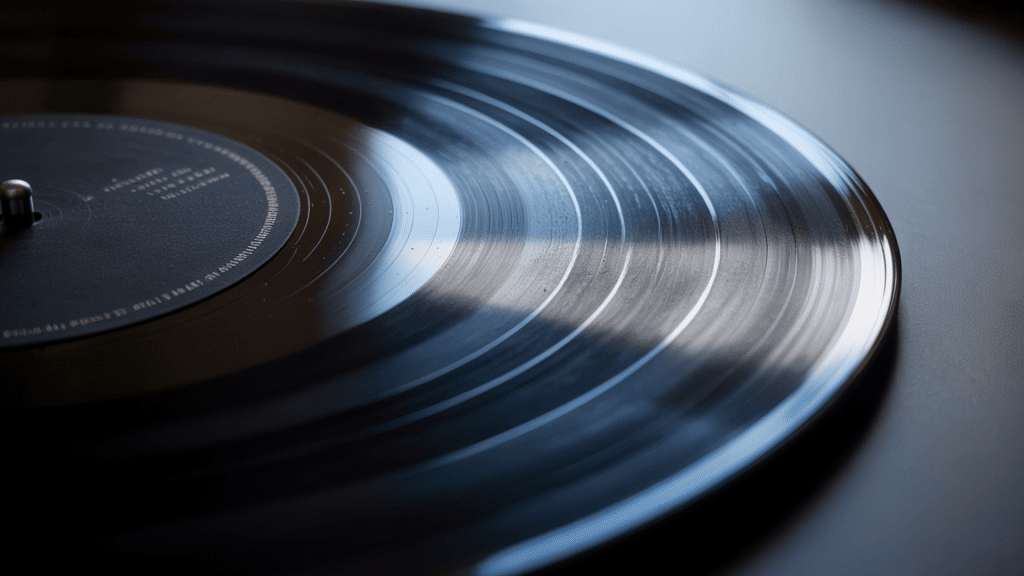
Matrix numbers are etched in the blank area near the label.
Look for codes like A1, 1A, or A//1. Lower numbers often mean earlier pressings. UK pressings use A//1, US use 1A, and Japan varies more.
But low codes don’t always mean first pressings. Some reissues reuse old stampers. Always cross-check on Discogs or forums.
Step 2: Label Variations
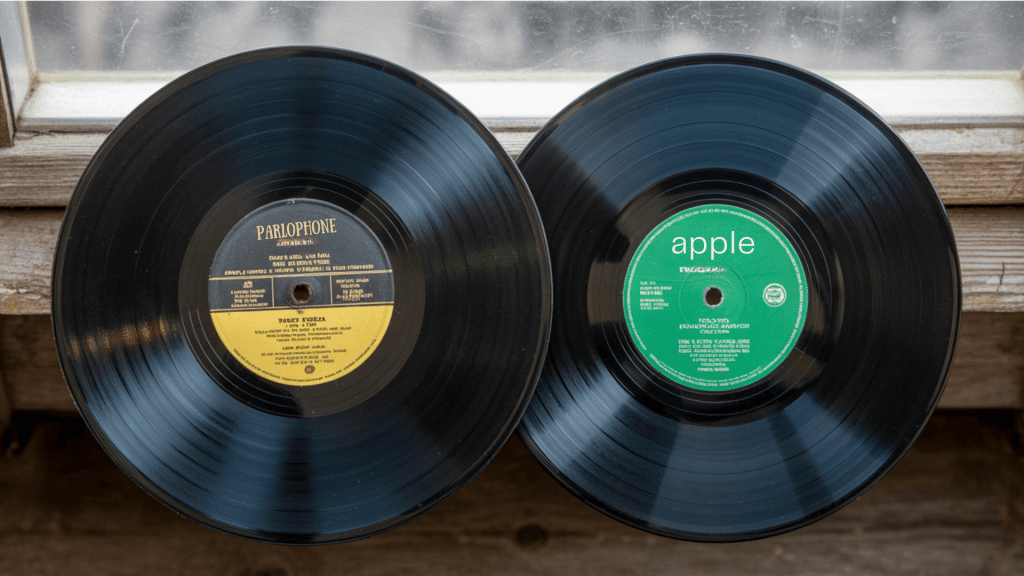
Label designs often change over time.
Check fonts, logos, and colors. Beatles albums started with a black/yellow Parlophone label, and later switched to green Apple.
Even small layout changes can mark a different pressing. Use Discogs or collector sites for comparisons.
Step 3: Jacket and Sleeve Details
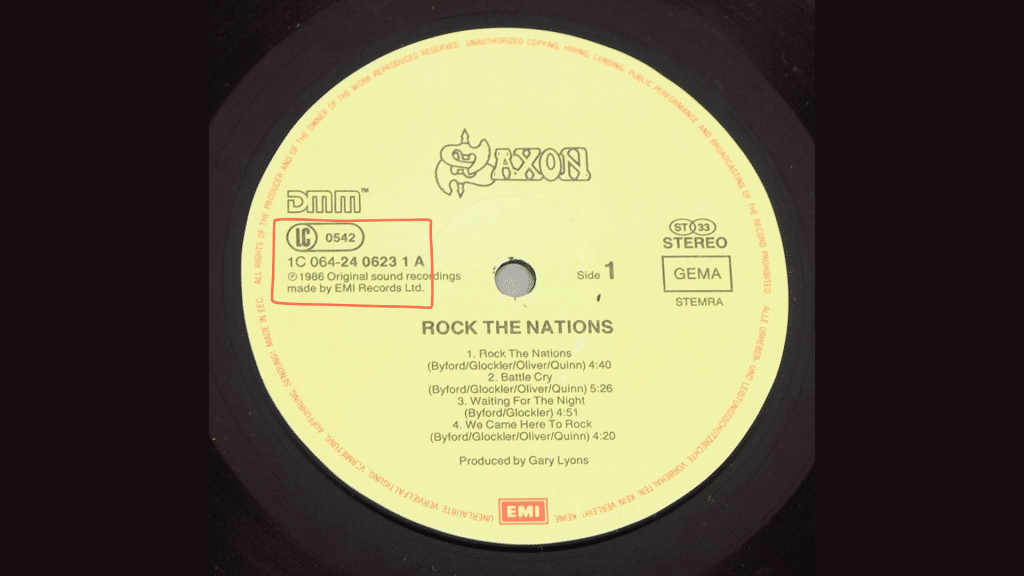
Packaging offers more clues. Look for catalog numbers on the spine or back. Note printers like Garrod & Lofthouse.
Most first pressings don’t have barcodes. Original inserts or thicker sleeves are standard in early runs.
Step 4: Distribution and Pressing Plant Codes
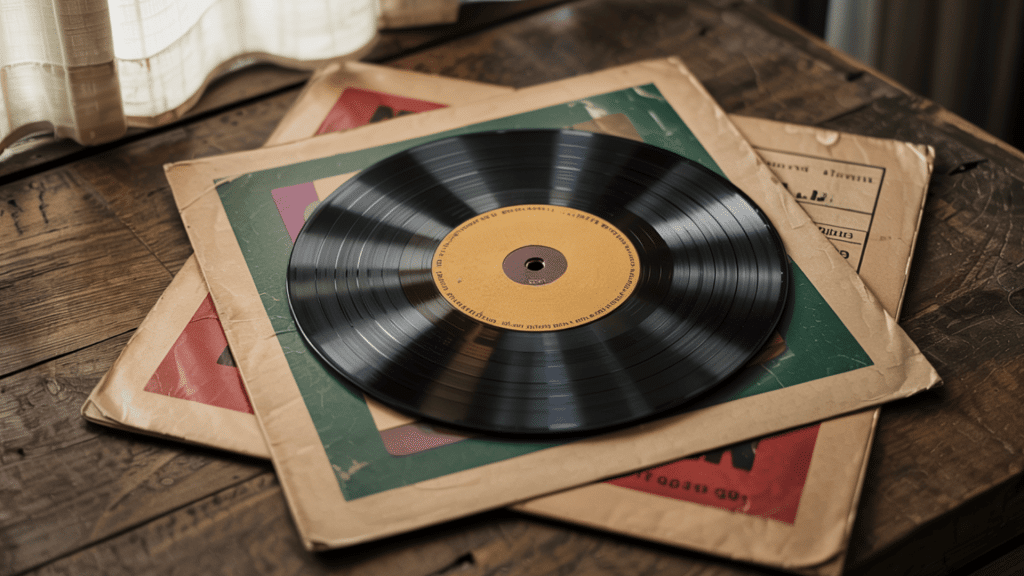
Check for plant codes in the deadwax or on the cover. These show where the record was made. Local distributors can hint at a regional first press.
Use tools like Discogs to look up plant codes and release info.
Step 5: Additional Clues
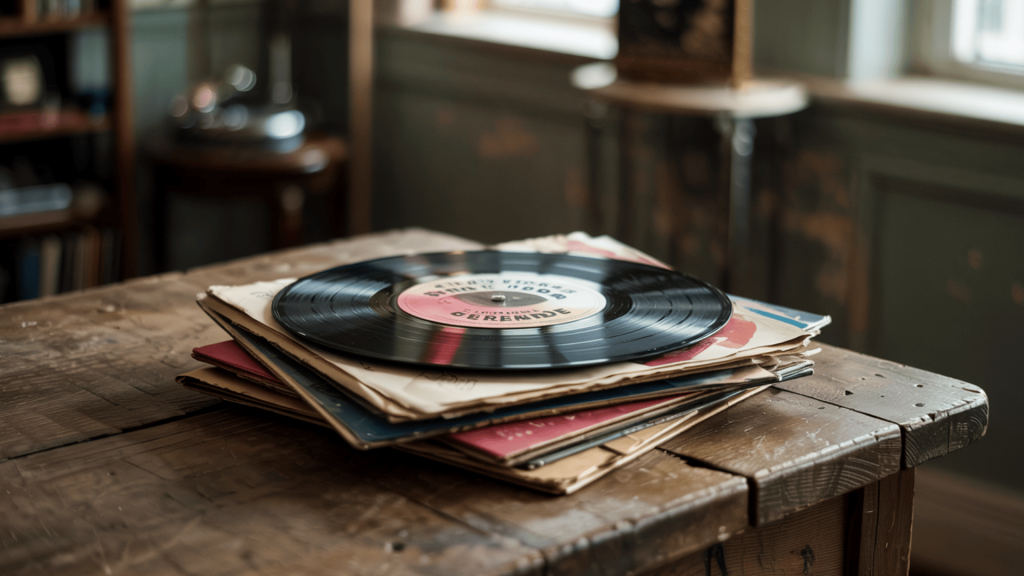
Extra signs can help confirm wear and aging from older materials, misprints, or errors fixed in later pressings. Heavier or textured packaging often means earlier press.
By checking these details together, you’ll get a clearer picture of your record’s origin. When in doubt, always verify with trusted sources like Discogs or collector forums.
Myths and Misconceptions About First Pressings
Many people believe that certain features automatically mean a vinyl is a first pressing, but that’s not always the case. For example, the code “A1” in the deadwax doesn’t guarantee it’s a first press; some reissues reuse old stampers, so you need to check other details like label design and sleeve markings.
Another common myth is that records without barcodes are always originals. While many early pressings do lack barcodes, some later reissues also leave them out.
That’s why it’s important to look at everything together: matrix numbers, label variations, sleeve details, and packaging quality before deciding. Always verify through trusted sources like Discogs or vinyl forums.
Are First Pressings More Valuable?
First pressings are often more valuable because they’re limited, older, and sometimes tied to a record’s original release.
But value also depends on condition, rarity, and demand; an uncommon album in great shape can be worth far more than a common first pressing in poor condition.
While many collectors believe first pressings sound better due to original mastering and pressing quality, that’s not always the case. Some reissues are remastered with modern equipment and may offer cleaner or more balanced sound.
For collectors, owning a first press is about history and authenticity. For audiophiles, sound quality matters more if it comes from an original or a newer reissue.
Expert Tips for Record Collectors
If you’re starting out or trying to sharpen your eye, these tips from seasoned collectors can help you spot a true first pressing and avoid common mistakes.
- Start with the matrix numbers: Most experts begin by checking the deadwax for matrix codes. They look for early identifiers like A1 or A//1, but always cross-check with trusted sources to be sure it matches a true first press.
- Examine the label and sleeve closely: Small differences like font size, logo placement, or printer names can separate a first pressing from a reissue. Collectors often use Discogs to compare these design details with verified versions.
- Don’t assume old means valuable: Many beginners think age equals value, but rarity, condition, and demand matter more. Even some newer pressings can be more collectible if they’re limited or tied to a major release.
- Watch out for common myths: Believing that no barcode means original or that A1 always means first press are common traps. Experts stress the importance of checking multiple features together, not relying on one.
- Use collector communities for support: Forums like Steve Hoffman Music are great places to ask questions and share photos. Long-time collectors are usually happy to help confirm details or explain subtle differences.
The more records you inspect and research, the better your eye becomes. Over time, spotting the real thing becomes second nature.
Conclusion
Now you know how to tell if a record is a first pressing by checking the matrix numbers, label details, packaging, and more. These simple steps can help you spot something special in your collection.
If you’re hunting for hidden gems or just curious about a favorite album, understanding first pressings gives your vinyl hobby more depth.
Just remember to always double-check with trusted tools like Discogs and connect with fellow collectors when in doubt.
Every record has a story, and the more you learn, the better your eye gets. Want to keep digging into the world of vinyl? Check out my other blogs for more tips, guides, and collector insights.
Frequently Asked Questions
Do colored vinyl or special editions count as first pressings?
This is a common question among new collectors. Some colored variants are first pressings, others are special reissues.
How can I safely clean and store a first pressing?
Once someone realizes they have a valuable record, their next concern is how to protect it. This adds practical after-identification advice.
Is there a database or app that can help identify pressing versions?
Expand on Discogs by listing mobile apps or vinyl identification tools. This helps modernize the collector experience for mobile users.

